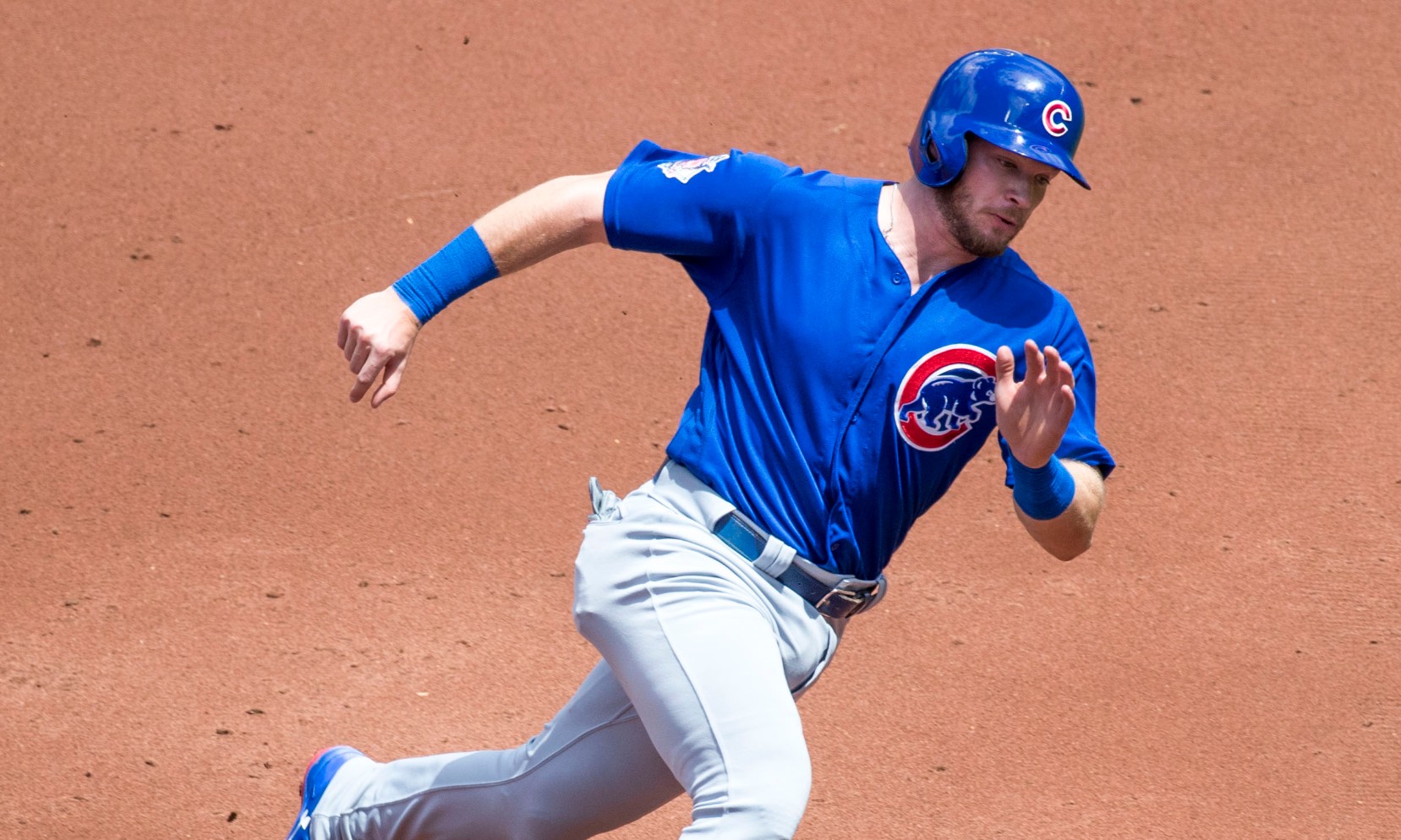Think of MVP candidates in the National League this year. There are a few obvious ones. The Dodgers’ Mookie Betts, Fernando Tatis Jr. of the Padres, maybe Freddie Freeman in Atlanta.
Now think of MVP candidates on the Chicago Cubs. Javier Baez, Anthony Rizzo, maybe Kris Bryant? Nope. It’s Ian Happ. Believe it or not, Happ is right in the thick of things in the MVP race, with hardly more than 15 games left to play.
Entering Wednesday’s games, Happ is within the top 15 in the majors in home runs (12) and on-base percentage (.400). He’s tied for 9th in slugging percentage (.622), and is 7th in OPS (1.022). He’s also accumulated 2.2 fWAR, which places him 4th in the NL. On top of all that, he is tied with Tatis Jr. for 1st in WRC+, which is weighted runs created. This statistic is meant to measure the overall offensive value created by a player, and also accounts for park factors.
He has been the key catalyst to this Cubs offense all season long, primarily batting out of the leadoff spot. At 25-19, Chicago sits 2.5 games ahead of the Cardinals in the NL Central. With many key hitters struggling, including Baez and Rizzo, Happ’s breakout has been a major part of the Cubs’ success this season.
A New Approach
So how has he done it? Happ is a significantly more disciplined hitter in 2020 than he was in past seasons. According to Baseball Savant, his chase percentage has dropped from 30% last season to 22.8% this year.
It almost seems as if Happ’s approach this season is to work the count as much as possible. This obviously could be related to the fact that he is now the Cubs’ leadoff hitter, but regardless, his 1st-pitch swing percentage, which was 39.7% last season, has dropped to just 24% in 2020.
Overall, Happ is swinging the bat 10.5% less this season than he did last year. As we have seen with his phenomenal performance, it has been a great success.
Working the count can result in one of two ways, really. The batter will either get ahead in the count and be able to look for a pitch to drive, or fall behind and get put on the defensive, trying to stay alive with two strikes. So, one result of Happ taking more pitches is finding himself down in the count more often.
Despite this, Happ’s strikeout rate has not risen. Yet, his whiff percentage has. So how is it that he is swinging and missing more, but striking out less?
Swinging Smart
Ian Happ is able to maintain these numbers by being a smart hitter. When the batter is ahead in the count (say 2-0 or 3-1), they can afford to take a big cut at a pitch they like. These numbers tell us that Happ is becoming a more aggressive hitter when he is ahead in the count. When a batter is behind in the count, obviously the main goal is to protect the zone and avoid striking out. These numbers tell us that Happ has also been great at doing this, as well.
Overall, Happ has really done a great job this season of mastering the strike zone. He’s able to stay patient and get ahead in the count, which leads to him driving good pitches. When he falls behind in the count, Happ has the ability to shorten up and battle, keeping the at-bat alive.
This season, many significant Cubs players are struggling. Javier Baez has an OPS of just .624. Anthony Rizzo is boasting a .211 batting average. Kris Bryant has battled a wrist injury and is hitting only .194 when healthy. Happ has been the best hitter on the Cubs, by far. He has sparked a team full of underachieving sluggers, and he is the engine that keeps this offense running.
With the Cubs seemingly playoff-bound, Ian Happ has put himself right in the thick of the National League MVP race.




